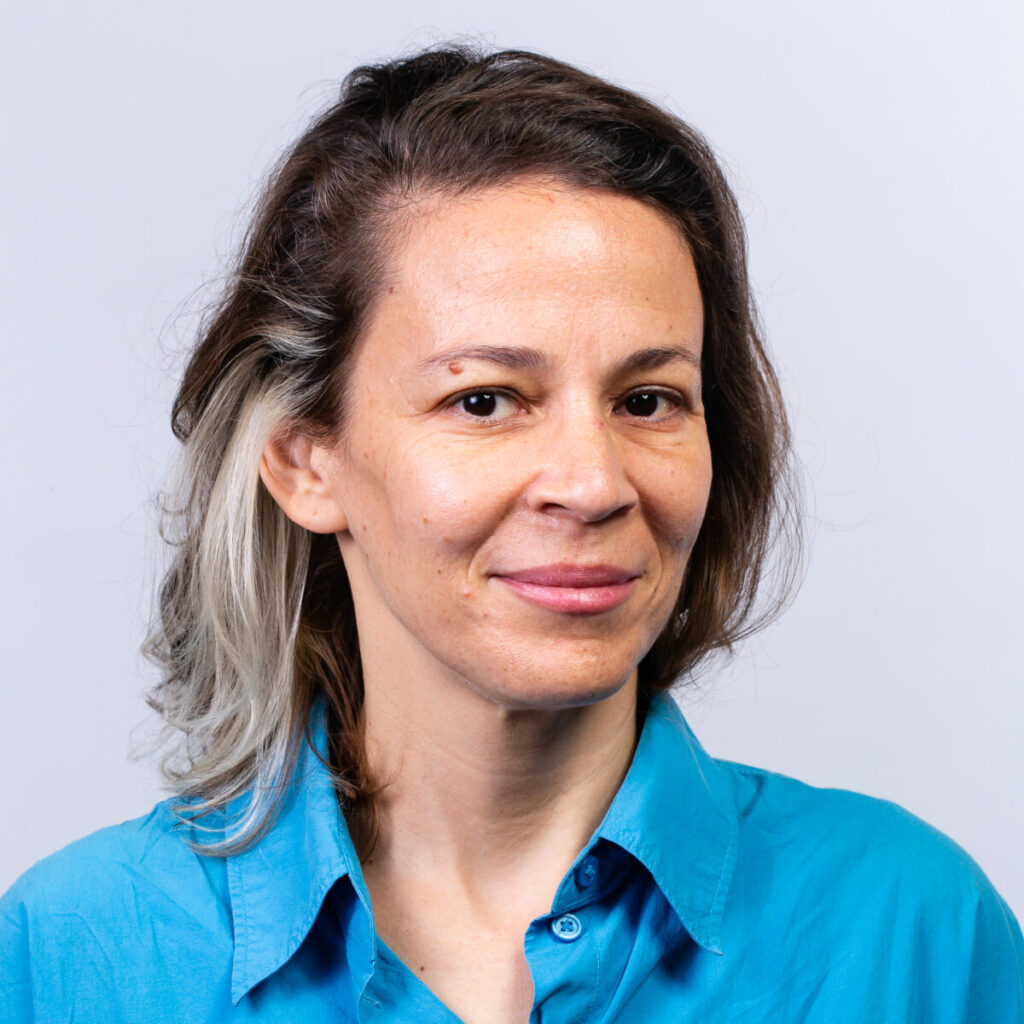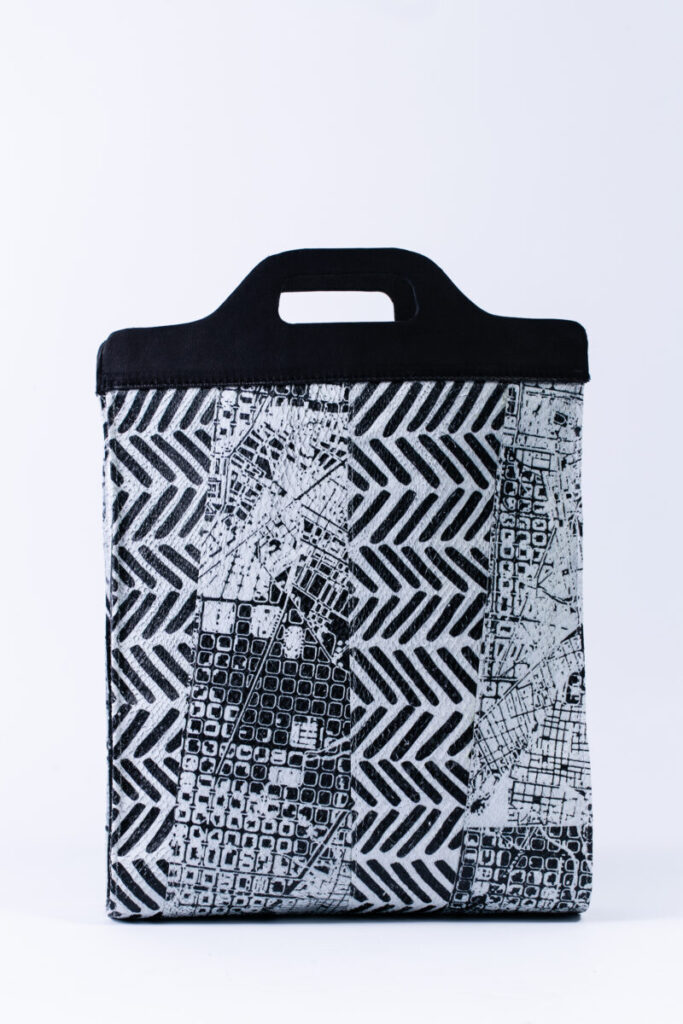The fashion industry is one of the biggest polluters in the world, according to the UN. The revolutionary project FISHSkin offers a sustainable and environmentally friendly alternative: using fish skin to make handbags and fashion accessories.
Ori Topaz, a creator specialized in leather craftsmanship and a researcher at CIRTex (Israeli Center David & Barbara Blumenthal for Innovation and Research) participated in the FISHSkin project, funded by the European Union (EU) and coordinated by CIRTex. Launched in 2020, FISHSkin is a research consortium involving organizations from six different countries (Japan, Israel, England, Italy, Iceland, and Switzerland). It is a collaborative effort among ten organizations working to promote this sustainable and circular economy project. The consortium is formed and supported by the Horizon 2020 RISE (Research Innovation Staff Exchange) framework. The goal is to transform unused marine by-products and develop fish skin as a new raw material.
Thanks to this initiative, Ori and his team from Shenkar College partnered with Dr. Ira Farber, head of the chemistry group at Kornit Digital Ltd (a startup specializing in textile printing), and have already been able to create two bags. Fish leather is indeed more durable than cow leather and its processing does not leave the same carbon footprint as that of cattle. These are significant advantages knowing that textiles are among the most polluting industries in the world, after oil and gas, with 1.2 billion tons of greenhouse gas emissions per year.

"We presented this innovative research to the EU, each bringing our own expertise; I showed how to produce a piece from fish skin. Throughout my career, I have gained a lot of experience in the field of textile printing, which is essential for making the bags. The only drawback of this new material is that it comes to us in small pieces that are difficult to assemble, but it is a challenge that we have brilliantly overcome," says Ori Topaz.
"To assess the relevance of the project, the EU measures its impact and how it can then be adapted at the national and international levels. It was therefore an excellent challenge for us to prove that despite the constraints related to the assembly of fish skins, this solution is viable and can be easily commercialized," continues Ori.
Transforming waste into fashion accessories
FISHSkin demonstrates that it is feasible to opportunistically exploit a new way of creation that does not pollute the planet. Fish skin is usually discarded into the sea, leading to millions of tons of waste that threaten natural ecosystems. "Recycling a waste that is meant to disappear into an object is, in my opinion, the best way to serve our environment, and it is crucial that people become aware of this," says Ori.
The two handbags made with FISHSkin are prototypes. One is a bucket bag made from six salmon skins, while the second is a classic handbag designed with ten skins. "Throughout the research period, I imagined myself as the owner of a newly opened boutique to come up with a concept that could attract the widest possible clientele," says Ori Topaz.
Regarding the raw material, the designer states that "this leather can be made from the skin of any type of fish, but we have limited ourselves to fish farming." The salmon skins used in the project were obtained from Nordic Fish Leather, a sustainable tannery in Iceland. Salmon is the second most consumed fish in the world after tuna, according to the Food and Agriculture Organization (FAO) of the United Nations.
New, more virtuous opportunities
The fish skin processing offers significant advantages, both in terms of techniques and the tanning process, which is very short. It is possible to obtain leather in about three weeks, compared to three months for cattle leather. After tanning, the skin turns into crust, which is then dyed or decorated with patterns.
"We have managed to convince that fashion has a very promising future in terms of opportunities. It is no longer just about working with conventional materials, but about exploring new high-quality materials that preserve nature," the young woman assures.
She reveals having received a lot of positive reactions, and some fashionistas already want to buy her bags. However, they will have to wait, as FISHSkin is primarily a research project and it will be necessary for a commercial company to take over. The good news is that the price of fish leather is practically equivalent to cow leather. "This fascinating project is very inspiring for designers, and I am convinced that the fashion industry will integrate it permanently within a few years," hopes Ori Topaz.

